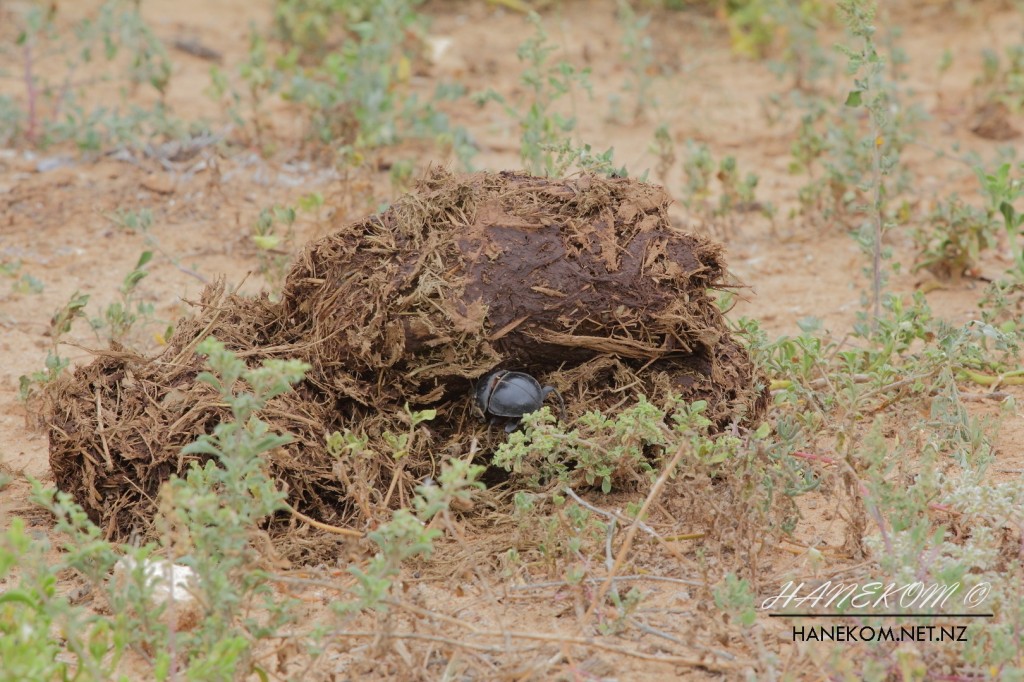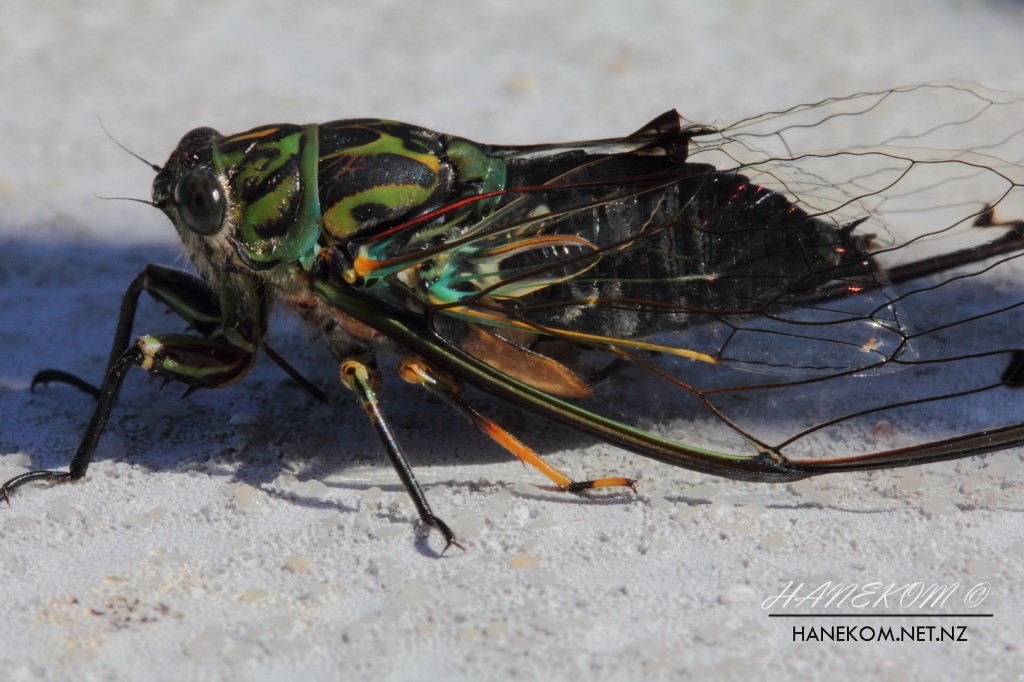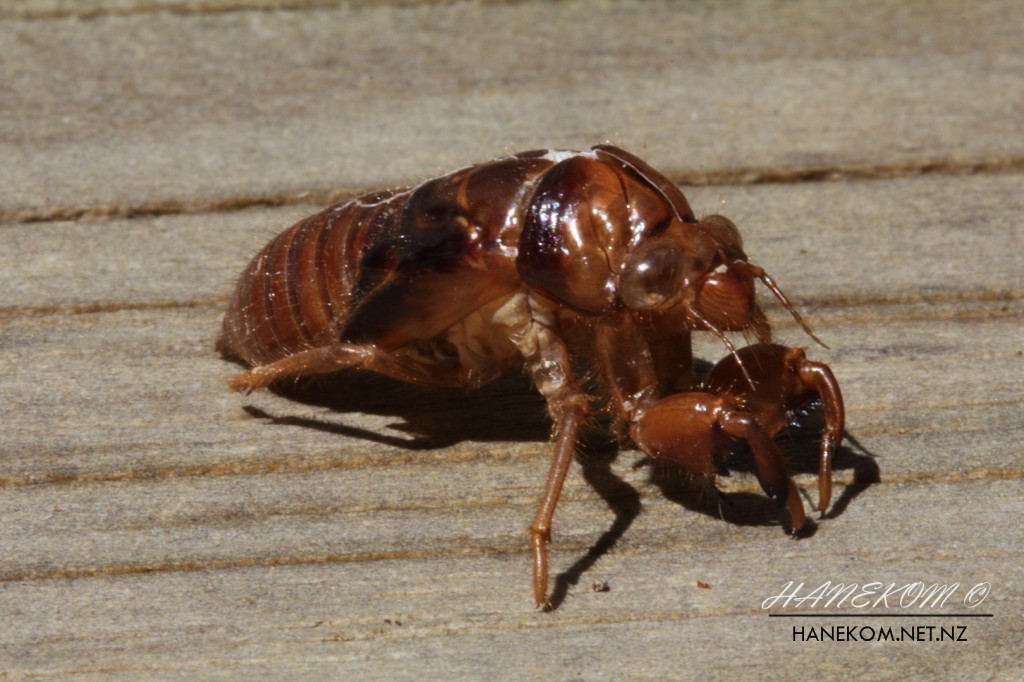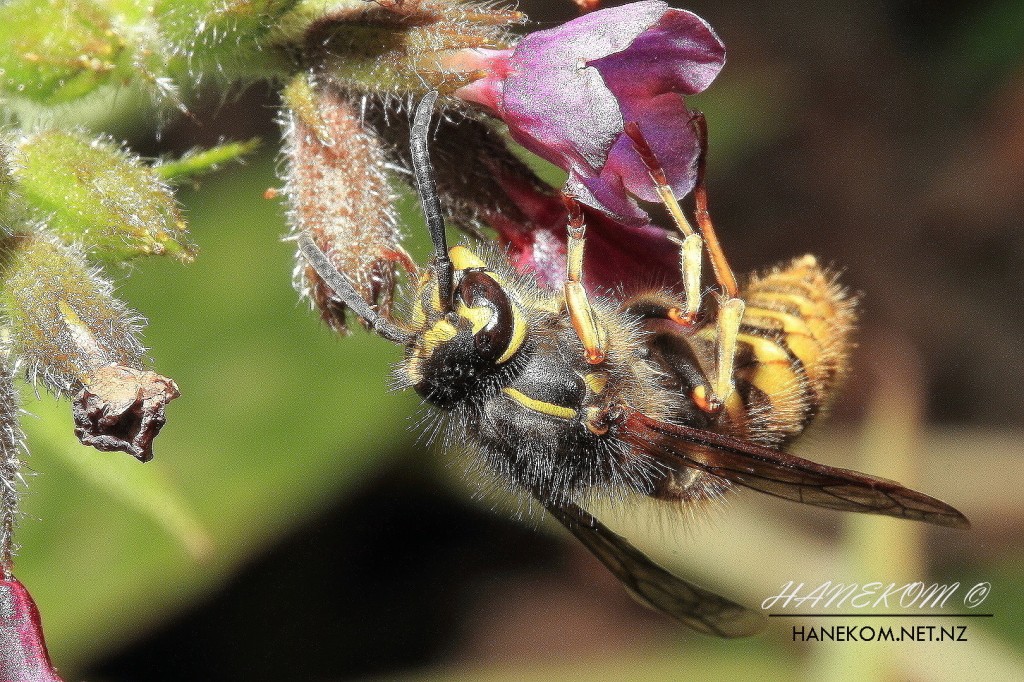The Addo fligtless dung beetle (Circellium bacchus) show clear preferences when it comes to dung. It prefers the dung of two members of the big five and specifically Buffalo for breeding and Elephant for eating.

(#72 of 100)
Hanekom Family in Wellington New Zealand
The Cicada (sonbesie in Afrikaans) lives for several years but of that only a few weeks are spent above ground.
The female lays her eggs in the stems of plants. A few weeks later when the young nymphs hatch they drop to the ground and burrow into it. They live underground through several nymph stages and feed on plant sap from plant roots until they emerge, depending on species, between three and 17 years later (yes that is seventeen).
Once above ground the cicada moults for the last time to reveal the adult form which lives for around four weeks.


(#58 of 100)
Both the German wasp (Vespula germanica) and the common wasp (Vespula vulgaris) were accidentally introduced to New Zealand. Both species spread rapidly and became significant pests.
Wasp are particularly problematic in certain parts of the South Island where beech forests are home to a native scale insect that produces large quantities of energy-rich honeydew. This honeydew which is a major source of food for native birds and insects is also a super-fuel for wasps.
These forests now have the highest densities of wasps recorded anywhere on earth.
A survey on public attitudes towards pests identified wasps as the most hated pest in New Zealand.

(#49 of 100)